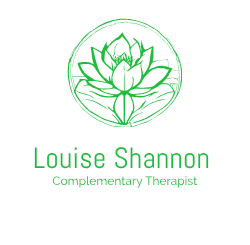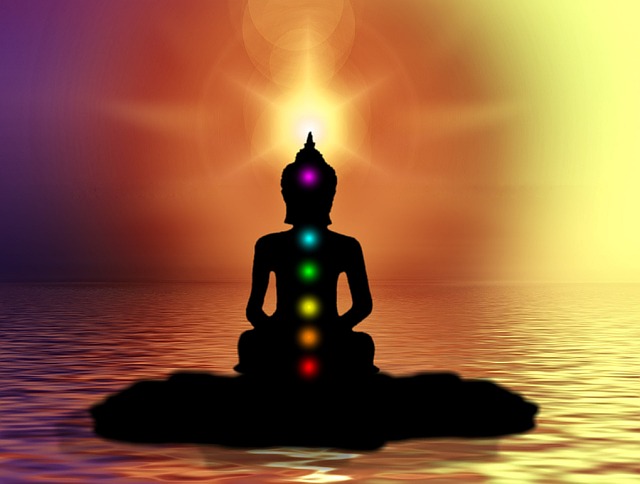That’s a dog.
NO! That’s a Shih Tzu. A sturdy little dog that probably offers many health benefits to the owner. However, a shiatsu is a type of Japanese body work, and also offers many health benefits, usually without the need for long walks and a feeding schedule (though that might be something that is recommended to you by your shiatsu practitioner!)
Shih Tzu = relaxing dog. Shiatsu = relaxing bodywork.
It’s a massage, therefore you need to get naked.
Actually, there is no need to get undressed to have a shiatsu. It is performed fully clothed. No awkward, “what should I leave on?” conversations. Stay nicely wrapped up and cosy.
It’s a massage.
Well, it is…and it isn’t. Shiatsu uses a variety of techniques, some of which might be used by a massage therapist. Shiatsu translates as finger pressure massage. A shiatsu practitioner uses finger pressure to connect with particular points on the body. Palming over the body, stretching of the limbs, rotation of the joints, and gentle holding are also used to promote deep relaxation during a treatment.
Shiatsu is only good for the physical body, sore muscles and stiff joints.
It’s great for these things, but what it’s best at is how it works with the parasympathetic nervous system, that bit of our system that is responsible for “resting and digesting”. When we truly rest and relax, our parasympathetic nervous system can really do its job well. This allows our bodies to recuperate and heal more effectively, as well as improving our quality of sleep AND improving our ability to cope with adversity! What’s not to love!
Shiatsu is hippy dippy.
Not necessarily. Shiatsu practitioners work with the energetics of your body. This is based on thousands of years of observational study by practitioners of Traditional Chinese Medicine. If you’re not into that, that’s ok. You will still find benefits from having regular shiatsu treatments.
There is no research into the benefits of shiatsu.
Actually, there is lots of research out there. Some of it is really good quality too. The University of Leeds carried out a cross-European observational study into the effectiveness of shiatsu. They found that 86% of patients perceived that shiatsu was effective in treating symptoms of stress and tension, muscle and joint problems including back pain, low energy and fatigue. Some recipients even found they have a reduced dependence on medication.
Shiatsu is painful!
There are many different types of shiatsu practice. Most practitioners will use a combination of these. Some are more dynamic, some more gentle, some work more deeply into the muscle, some connect only on an energetic level, most mix it up! A well-qualified and experienced shiatsu practitioner will always work within the limits of your body throughout treatment, particularly during stretches and mobilisations. They will also “listen” to the cues you give both consciously (“Oh! Ah!”) and unconsciously.
Shiatsu can be learned in a weekend.
Gosh, I really hope not! Most standard practitioner courses will be over several weekends for around 3 years. My course was one weekend a month for 3 years. I carried out over 200 treatments during this time, plus many more hours of practice and theory. I had to pass assessments and learn anatomy and physiology. I would hope that any shiatsu therapist worth their salt would believe in continuing development of their skills and practice, probably for the rest of their life!
I can’t get down on the floor for a shiatsu treatment!!!
You might have heard that shiatsu is performed on a futon on the floor. Traditionally, yes, though it is easily adapted for work on a massage table, in a massage chair, in an armchair, in a wheelchair, in a bed, on the beach, in a field, at your desk! You name it, it’s probably possible. And although all these treatments will be different, they will still offer the same qualities as a “regular” treatment on the shiatsu futon.
You can’t have shiatsu if you are having conventional medical treatment.
Shiatsu is not a replacement for medical treatment. However, it can be a great complementary therapy. There is plenty of evidence that shows that shiatsu can help manage symptoms (including pain), reduce stress and anxiety, alleviate nausea and even improve appetite.



